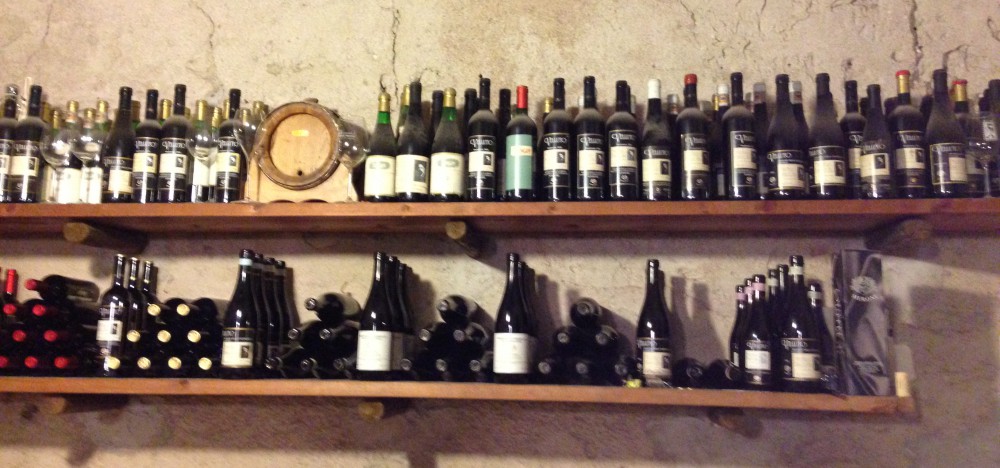Hello Wine Lovers,
Now that you picked that bottle of wine, here are some quick tips for assessing wine. Assessing the wine helps you decide if you’ll buy it again, foods it can be paired with and how long the wine will cellar.
Appearance
- Wine comes in shades of color from clear to deep purple.
- A brownish tint around the rim of the wine indicates an older wine.
- Wine may be clear or cloudy.
Winemakers use a variety of techniques to make wine. Geographic location, varietal, vine aging, pressing and soaking methods, yeast selection, blending, barrel selection, barrel and bottle aging and so on. All these choices influence the appearance, aroma, taste of and quality of wine.
The color of wine is influenced by variety and the method of production used by the winemaker. Clear wines suggest particulates have settled out or the wine has been filtered before bottling (note: wines may have sediments or tartrate crystals which develop after bottling and can be strained out when served). A cloudy wine might be great; a cloudy cheap wine is questionable. A brownish tint around the rim may actually be a good thing. Wines designed to age (and with corks) oxidize giving wine the brownish tint. Flavors evolve with age as well. Wines high in acid and tannins are better equipped to age.
Aroma
- Is the smell pleasant or not?
- Is the aroma robust or mild?
If the aroma is pleasant then you are on your first step to an enjoyable bottle of wine. If there is a musty, moldy smell, the wine is likely “corked”. Wine with corks are susceptible to Trichloroanisole or TCA for short. Boxed wine and bottles with non-cork or screw top enclosures do not suffer the risk of being corked. Corked wine is not harmful, but it does rob the wine of its flavors.
Robust aroma’s may suggest youthful or flavor-rich wines. A mild aroma does not suggest the wine will be without flavor, the wine may need time to open (exposure to air), it may be chilled to much limiting volatilization of aromatic aromas, or the wine may simply be tired (past its prime).
Taste
- Does the wine make your mouth water or feel dry?
- Is the wine warm?
- Does the flavor linger or quickly fade away?
If the wine dries out the sides of your mouth, it is high in tannins. If your mouth gets watery, it is high in acid. If it is warm, it is high in alcohol. If a lovely flavor lasts and lingers on your palette, you’ve selected a high quality wine.
Assessing the wine through appearance, aroma and taste allows you to determine the quality of the wine, find the best food pairing (see the “Wine and Food Pairing” Discovery Story for pairing ideas) and decide how long it can be shelved.
Assessing the wine also helps you know what you like and don’t like for selecting the next bottle of wine!
Mike
